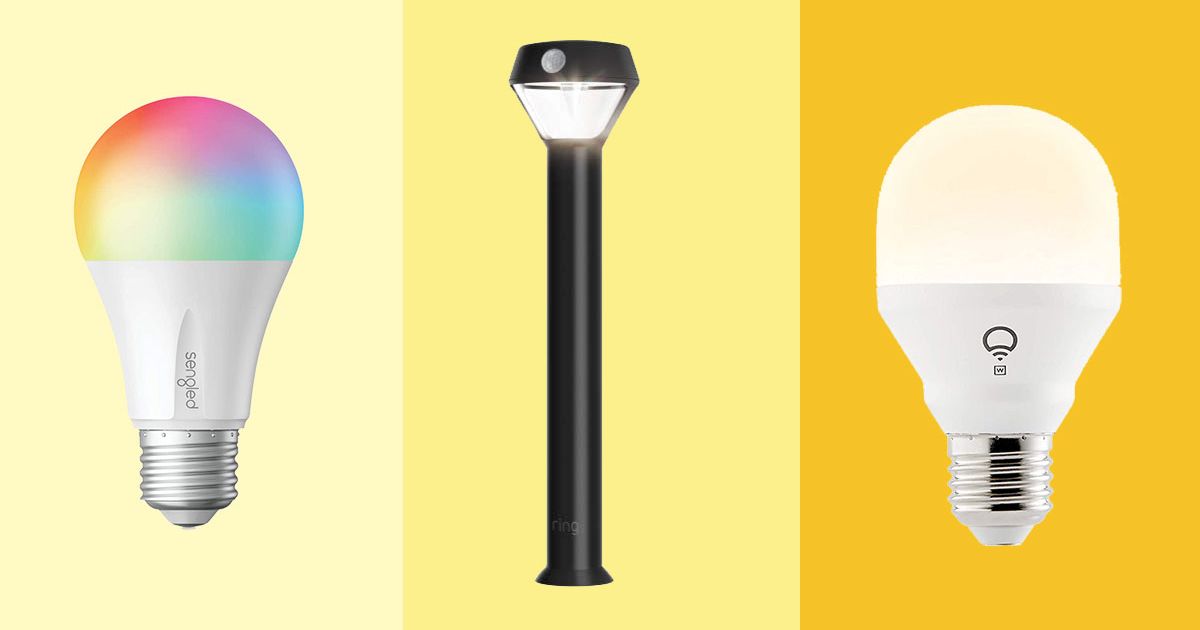

There are many different types of smart light bulbs available on the market today. While some use traditional incandescent or fluorescent bulbs, others utilize more energy-efficient LED bulbs. Some smart bulbs can even change colour, providing a wide range of lighting options for your home.
Bluetooth:
Bluetooth is a short-range wireless technology that is commonly used in devices like headphones, speakers, and fitness trackers. It is also used in some smart light bulbs. Bluetooth has the advantage of being relatively simple and inexpensive to implement. However, it has the disadvantage of having relatively short range, which can be an issue if you have a large home.
Zigbee:
Zigbee is a wireless technology that is similar to Bluetooth, but it has a longer range. Zigbee is used in some smart home devices, including some smart light bulbs. Zigbee has the advantage of having a longer range than Bluetooth. However, it can be more expensive to implement than Bluetooth.
WiFi:
WiFi is a wireless technology that is commonly used in home networking. It is also used in some smart light bulbs. WiFi has the advantage of being very common and having a very long range. However, it can be more expensive to implement than Bluetooth or Zigbee.
Incandescent bulbs:
Incandescent bulbs are the most traditional type of light bulb. They work by heating a filament inside the bulb, which then emits light. While incandescent bulbs are relatively inexpensive, they are not very energy-efficient and have a relatively short lifespan.
Fluorescent bulbs:
Fluorescent bulbs are another option for smart bulbs. These bulbs work by using electricity to excite a gas inside the bulb, which then emits light. Fluorescent bulbs are more energy-efficient than incandescent bulbs and have a longer lifespan. However, they can be more expensive to purchase. LED bulbs are the most energy-efficient option for smart bulbs. These bulbs work by using electricity to create light rather than heat. LED bulbs last much longer than incandescent bulbs and are more durable. However, they can be more expensive to purchase.
LED bulbs:
LED bulbs are the most energy-efficient type of smart light bulbs available. They work by using semiconductor materials to convert electricity into light. LED bulbs are more expensive than incandescent or fluorescent bulbs, but they last much longer and use far less energy.
Colour-changing bulbs:
Some smart bulbs are capable of changing colour. These bulbs usually use LED technology and can produce a wide range of colours, depending on the bulb. Colour-changing bulbs can be used to create different lighting moods in your home and are often controlled via a smartphone app.
Conclusion:
There are many different types of smart light bulbs available on the market, each with its own advantages and disadvantages. Incandescent bulbs are the most traditional and least expensive option, but they are not very energy-efficient.




